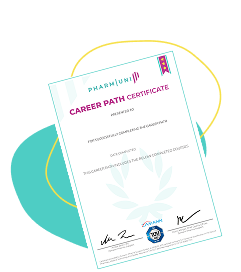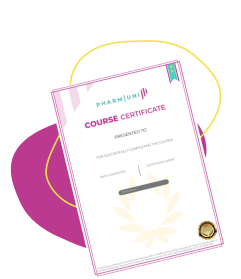EU Medical Device Regulation (MDR)
Definition
The EU Medical Device Regulation (MDR), formally known as Regulation (EU) 2017/745, is a comprehensive regulatory framework established by the European Union to ensure the safety, performance, and quality of medical devices marketed in the EU. It replaces the earlier Medical Device Directive (MDD) and the Active Implantable Medical Devices Directive (AIMDD), introducing more stringent requirements for manufacturers, importers, and distributors.
The MDR came into full effect on May 26, 2021, and aims to enhance transparency, traceability, and post-market surveillance of medical devices within the European Economic Area (EEA).
Detailed Explanation
Purpose and Scope of the MDR
The MDR was introduced in response to growing concerns over patient safety and product efficacy in the EU medical device market. It aims to strengthen the regulatory oversight of medical devices by:
- Enhancing product traceability through Unique Device Identification (UDI)
- Requiring more rigorous clinical evaluations and post-market surveillance
- Expanding the definition and classification of medical devices
- Increasing transparency through the European Database on Medical Devices (EUDAMED)
The MDR applies to a wide range of products, including:
- Traditional medical devices (e.g., pacemakers, surgical instruments)
- Active implantable devices
- Software with a medical purpose
- Certain aesthetic devices with similar risk profiles to medical devices
Key Changes from the Previous Directives
Compared to the previous European Medical Device Directive (MDD), the MDR introduces several critical changes:
- Reclassification of Devices: Devices are now classified under a stricter risk-based system (Class I, IIa, IIb, III).
- Clinical Evidence: Stronger emphasis on clinical data and ongoing clinical evaluation throughout the device lifecycle.
- Post-Market Surveillance: Manufacturers are required to proactively gather and analyze real-world data on device performance.
- Notified Bodies: Stricter designation and oversight of Notified Bodies that assess device conformity.
- UDI System: Introduction of a Unique Device Identification system to improve device traceability.
Compliance Requirements for Manufacturers
To comply with the MDR, manufacturers must undertake several key actions:
- Conduct a gap analysis to identify changes needed in technical documentation
- Update clinical evaluation reports and risk management files
- Implement a Quality Management System (QMS) compliant with MDR requirements
- Assign a Person Responsible for Regulatory Compliance (PRRC)
- Register devices and economic operators in EUDAMED
Non-compliance can result in devices being withdrawn from the EU market, making MDR adherence essential for continued market access.
Impact on Stakeholders
The MDR affects all stakeholders in the medical device supply chain, including:
- Manufacturers: Must meet stricter documentation, clinical, and quality requirements
- Importers and Distributors: Must verify CE marking and ensure device compliance before placing products on the market
- Healthcare Providers: Gain access to more transparent information about device safety and performance
Examples and Use Cases
Examples of how the MDR applies in practice include:
- A software application used to diagnose heart arrhythmias is now classified as a medical device and must undergo conformity assessment under MDR.
- Aesthetic devices like dermal fillers, previously unregulated, are now subject to MDR if they pose similar risks as medical devices.
- Manufacturers of legacy devices under MDD must transition to MDR-compliant technical documentation to continue selling in the EU.



